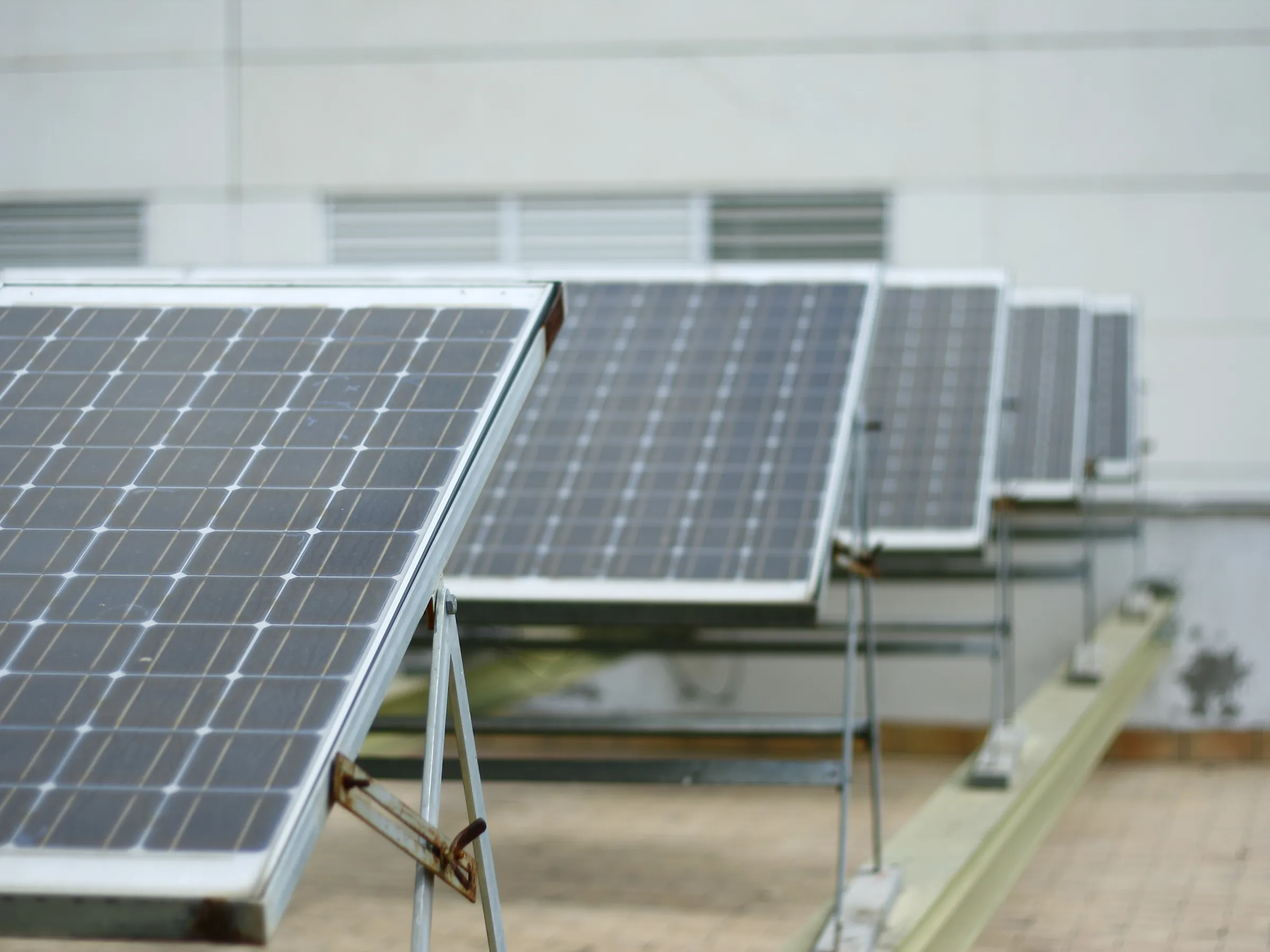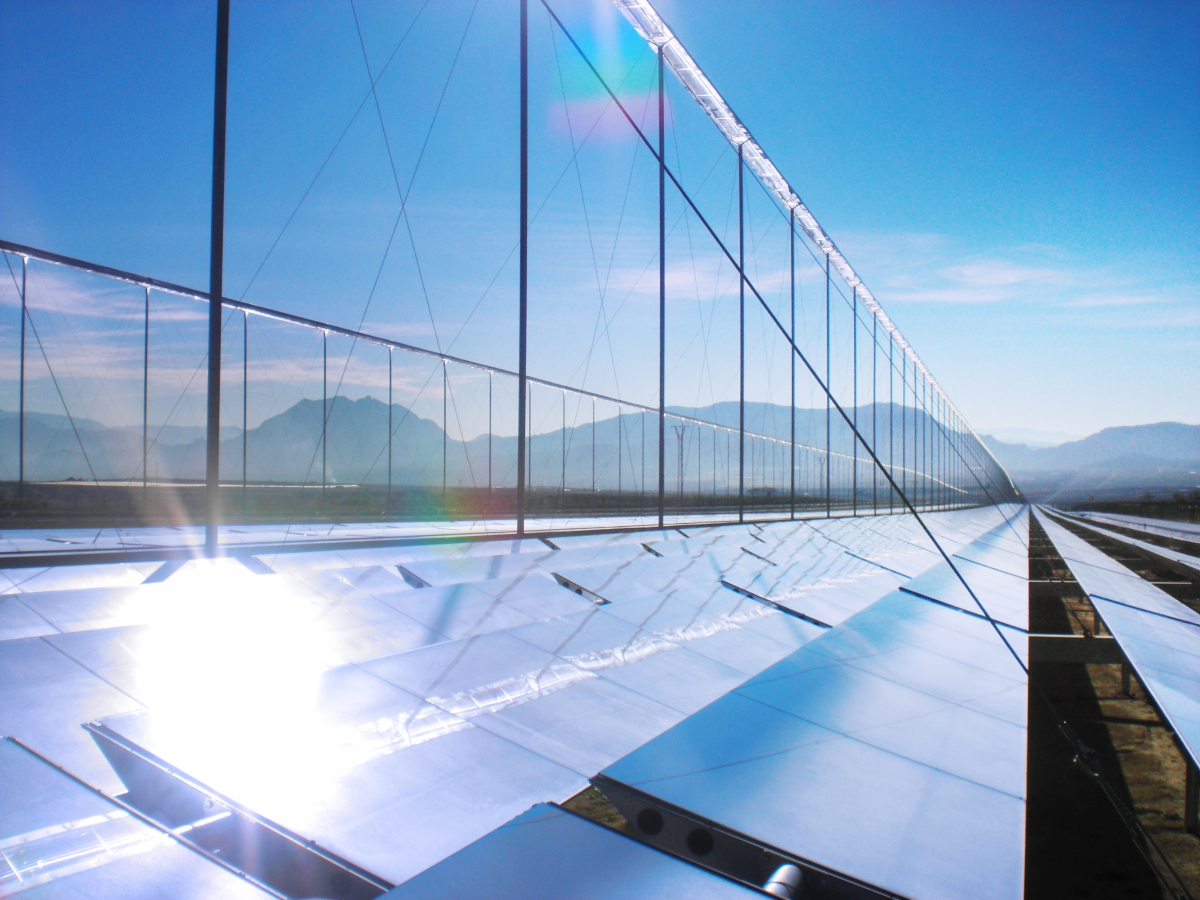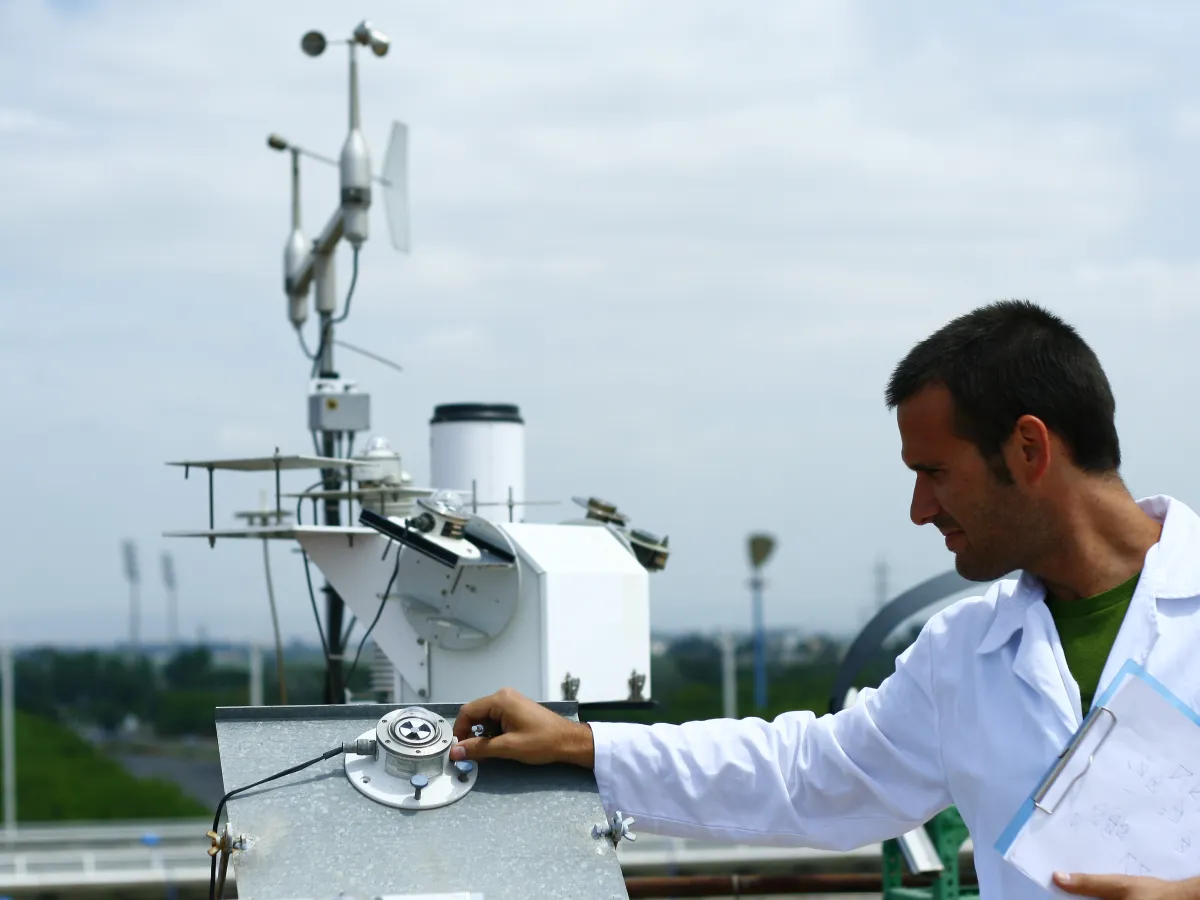GTER operates a meteorological station equipped with solar radiation sensors since 1984. The capabilities of the group ranges from the installation, remote monitoring, maintenance and calibration of devices to the quality assessment and control of solar radiation data and development of empirical models and methodologies for solar resource assessment. The main services provided by GTER are:
-
Operational Solar Resource Assessment (OSRA) for CSP and PV plants. OSRA main objective is to assure that the data recorded at the meteorological station of a solar plant meets all the requirements in terms of integrity, quality and accuracy to be used for assessing contractual performance guarantees, but also includes providing advice regarding the configuration, installation, operation and maintenance of Solar Radiation Measurement Stations. GTER provides and has provided OSRA for 3 CSP plants and 8 PV plants in Spain.
-
Long-term Solar Resource Assessment based on different data sources (ground measurements of DNI or global irradiance, satellite images, etc.) for feasibility analysis and bankability reporting of CSP and PV plants. This service frequently includes the remote monitoring and quality assessment of solar radiation measurement stations on site during the pre-construction phase of the projects. GTER has provided this service in more than 20 Spanish and international projects.
-
Short-term solar radiation forecasting oriented to the operation of solar plants in electricity markets. GTER is currently participating in an R&D project, funded by the Spanish Government, for the development of very short-term prediction models for the optimization of CSP plants.
-
Solar Resource mapping. GTER has coordinated or participated in the elaboration of solar radiation databases and maps for Spain and the Spanish regions of Andalusia and Extremadura based on different sources of information and tools.
In addition, GTER has participated in a significant number of national and international R&D projects in solar energy taking the responsibility of the solar resource assessment.
Most relevant projects related to this area
Bankability solar resource assessment: Luzentia (Jumilla, Spain 2020). Canha (Canha, Portugal 2020). Ferreiras (Ferreiras, Portugal 2020). Arenales (Arahal, Spain 2020). Andasol 1&2 (Aldeire, Spain). Solacor (Ecija, Spain 2019). Solaben (Logrosán, Spain 2019). Solanova (Sanlúcar, Spain 2019). Rota (Cádiz, Spain 2017). Helioenergy (Écija, Spain, 2017). Helios (Arenas de San Juan, Spain, 2016). (Solnova/PS10/PS20 (Seville, Spain, 2015); Andasol 1&2 (Granada, Spain, 2011 and 2015); Helioenergy 1&2 (Seville, Spain, 2009 and 2015); Solacor1&2 (Cordoba, Spain, 2009 and 2015); Lebrija (Seville, Spain, 2014); Solaben (Cáceres, Spain, 2013); Arenales (Seville, Spain, 2011); Casablanca (Badajoz, Spain, 2011); Enestar (Alicante, Spain, 2011); Extresol 1&2&3 (Badajoz, Spain, 2011); Manchasol1&2 (Ciudad real, Spain, 2011); La Africana (Córdoba, Spain, 2010); Tessera, (Cyprus, 2010); Palma del río 1&2 (Cordoba, Spain, 2009).
Operational resource assessment:
CSP: Arenales (Seville, Spain since 2012); Andasol 1&2 (Granada, Spain since 2011).
PV: Alhama (Murcia, Spain 2010-2011); Calasparra 2&3 (Murcia, Spain 2009-2011); Fuenteálamo 2&3 (Murcia, Spain 2009-2011); Magascona&Magsquilla (Cáceres, Spain 2007-2011); Blanca (Murcia, Spain 2010-2011); Rioja (Almería, Spain 2010-2011); Olmedilla (Cuenca, Spain, 2008-2011)
R&D: MULTIYEAR, Development of a prototype for the creation of a technology-based company based on the concept of “Multiyear synthetic generation”, Junta de Andalucía in the frame of the PAIDI 2020, (2019-2020)., AEMETISIS, Adaptation of the meteorological station o for the study of spectral irradiance, Ministry of Education and Science (2018-2019) ;EMETSIS, Improvement of the meteorological station for the development of predictive tools. Ministry of Education and Science (2017-2018); CODISOL, nowcasting for control optimization (2015); Cost Action WIRE ES1002 (2014); PASES, Solar radiation database for Andalucía and Extremadura (2008).





